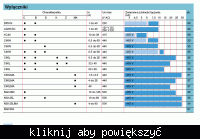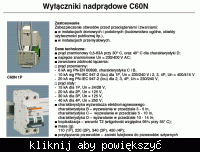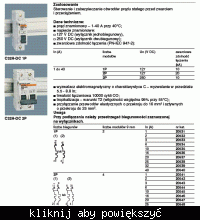Is it possible to use such a single-pole switch for 24V DC network:
http://meskon.pl/s301-wylacznik-nadpradowy-legrand-p-994.htm
The rated voltage is 230/400 50Hz, hence the doubt whether such a switch is suitable for a 24V DC network.
Are there special DC circuit breakers?
http://meskon.pl/s301-wylacznik-nadpradowy-legrand-p-994.htm
The rated voltage is 230/400 50Hz, hence the doubt whether such a switch is suitable for a 24V DC network.
Are there special DC circuit breakers?





